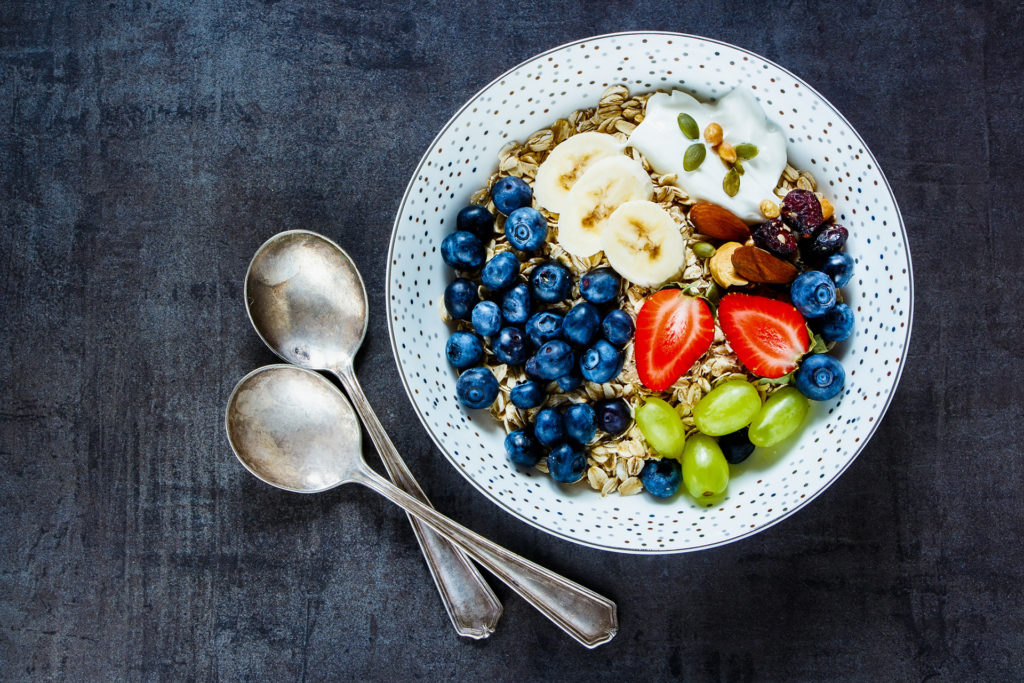Living With Diabetes

by Dr Alexandra Phelan, a GP with the NHS and Pharmacy2U, an online service which provide free, fast and convenient delivery of NHS repeat prescriptions.
Living with diabetes can seem like an uphill struggle, but with a positive mindset and working closely with health professionals, many diabetics still lead a full and active life.
What is diabetes?
When you eat and drink, the glucose levels, or amount of sugar, in your blood increase, which is when your body releases a hormone called insulin to make sure these levels don’t get too high.
Diabetics either produce too little insulin or their body resists its effects, so the unused glucose builds up in blood. In time, this build up can lead to all kinds of health complications.
You’ll commonly hear diabetes referred to as “type 1” or “type 2”. The first means that the body doesn’t produce any insulin, while the second – the most common type in the UK – means the body doesn’t respond to insulin as it should.
Common symptoms of diabetes include:
- Excessive thirst
- Frequent urination
- Feeling unusually tired
- Blurred vision
- Unexpected weight loss
How do you diagnose it?
If you suspect you might be diabetic, a visit to the GP is your first port of call. They can check your sugars level via a blood test, or they may suggest a Glucose Tolerance Test (GTT) which will tell you if your body has difficulty metabolising the intake of sugar and carbohydrates. This tolerance test can also help diagnose gestational diabetes in pregnant women – so, an early warning system.
How do you treat it?
The key component to managing diabetes is monitoring blood sugar levels regularly in addition to balancing any medication, diet and activity. Some patients with type 2 diabetes are able to manage their condition with lifestyle changes – such as increasing their activity levels and following a healthy diet. If these changes alone do not help, there are many different medication options your GP can discuss with you such as tablets or insulin injections.
If blood sugar levels become too high (hyperglycaemia) patients will need to take insulin, and if they become too low (hypoglycaemia), patients can remedy this by having sugary snack or drink. Some medications for type 2 diabetes can increase the change of having low blood sugar episodes, so it is important that you are able to recognise the signs.
The most common way of monitoring blood sugar levels is through a finger prick blood test, but there are new options on the market for type 1 diabetics including a wearable monitor that gives 24/7 results without the need to draw blood. The sensor reads blood sugar levels from fluid just beneath the skin and transmits them wirelessly to a display on a portable reader held near the sensor – less invasive than traditional methods, it’s a system favoured by Prime Minister Theresa May.
What about diet?
Simple dietary changes can have a massive impact on the day-to-day management of diabetes as well. These include:
- Swapping refined or complex carbohydrates such as white bread or pasta for whole meal alternatives
- Increasing the intake of pulses, fruits and vegetables and fish
- Reducing salt intake – diabetics are already at higher risk of heart disease, something high salt intake is a contributing factor
- Opting to cook from scratch over processed foods
For more information about diabetes . . .








